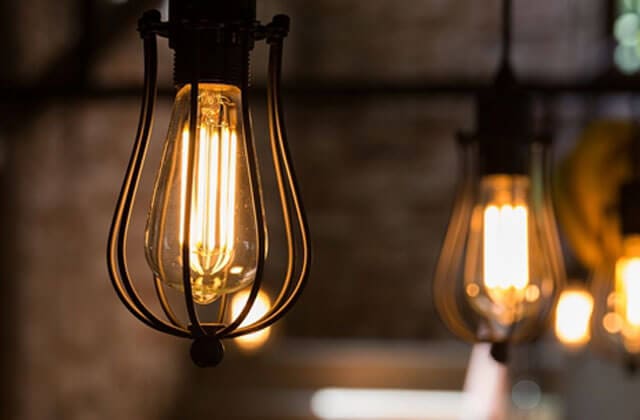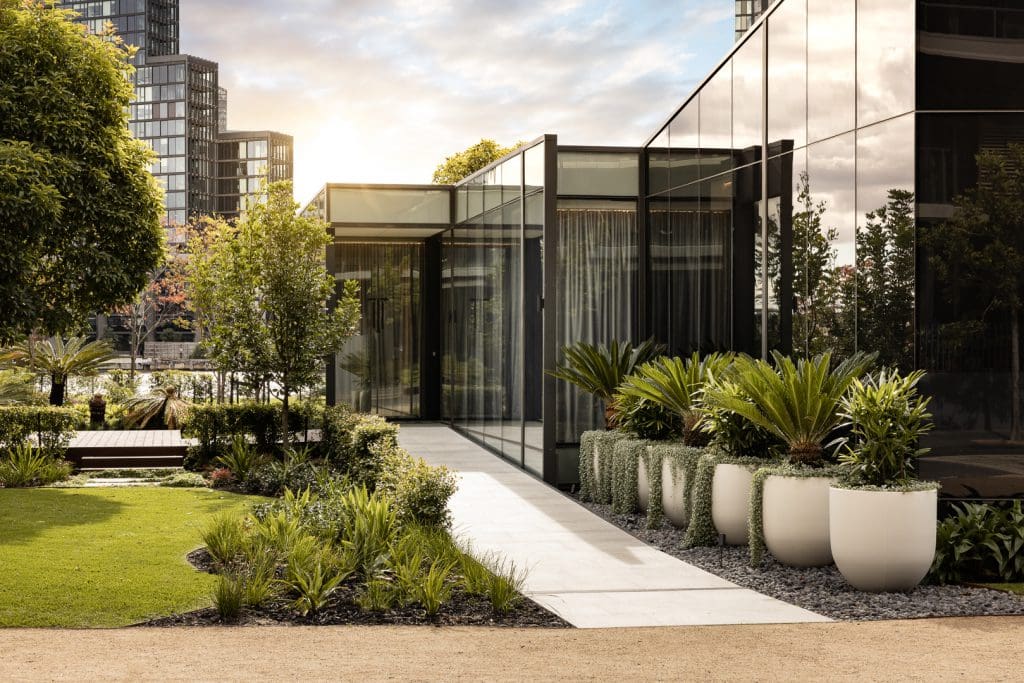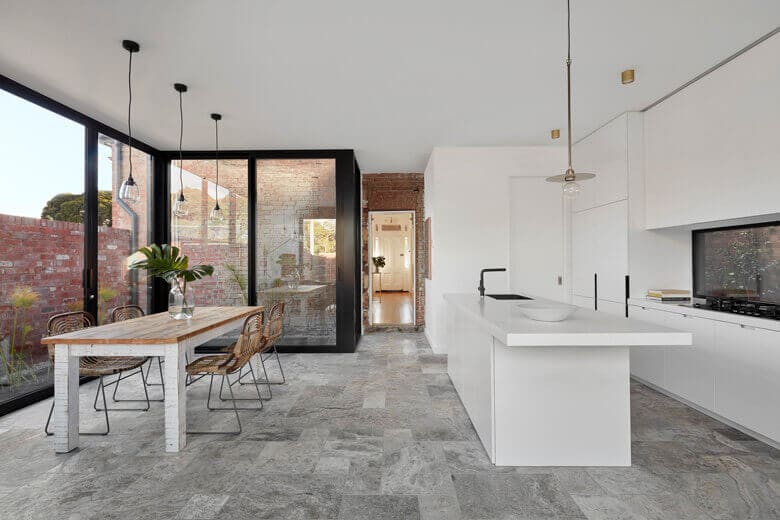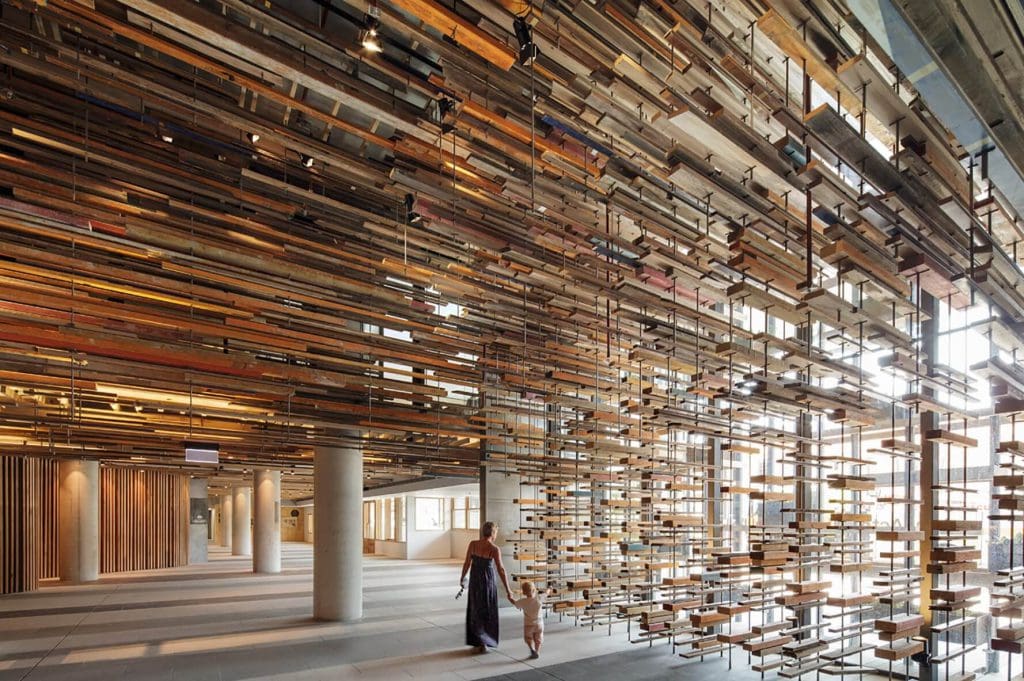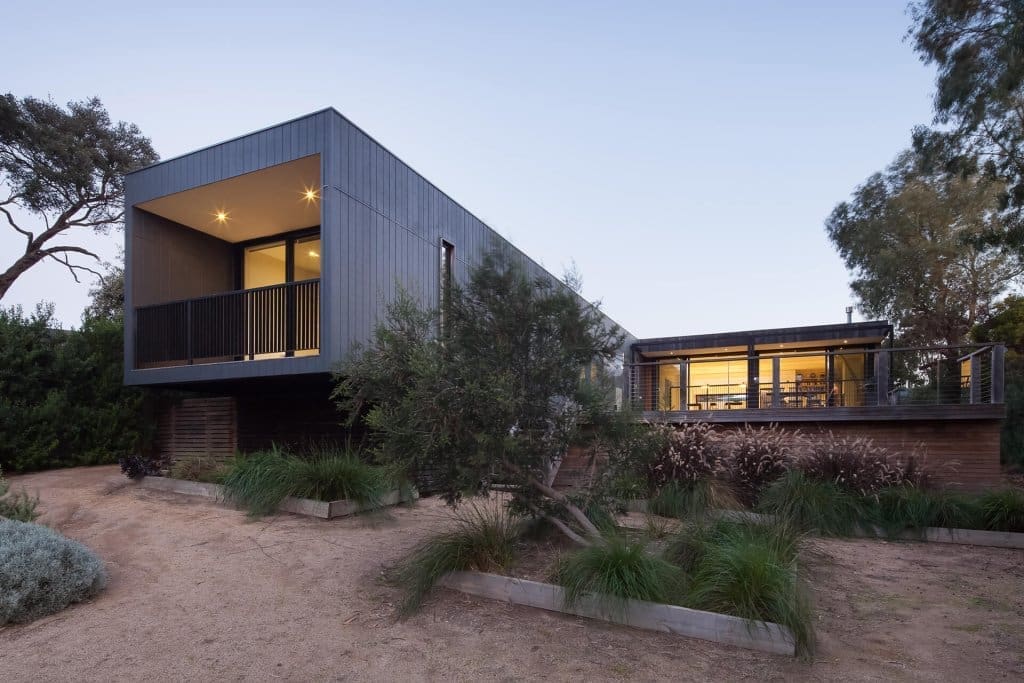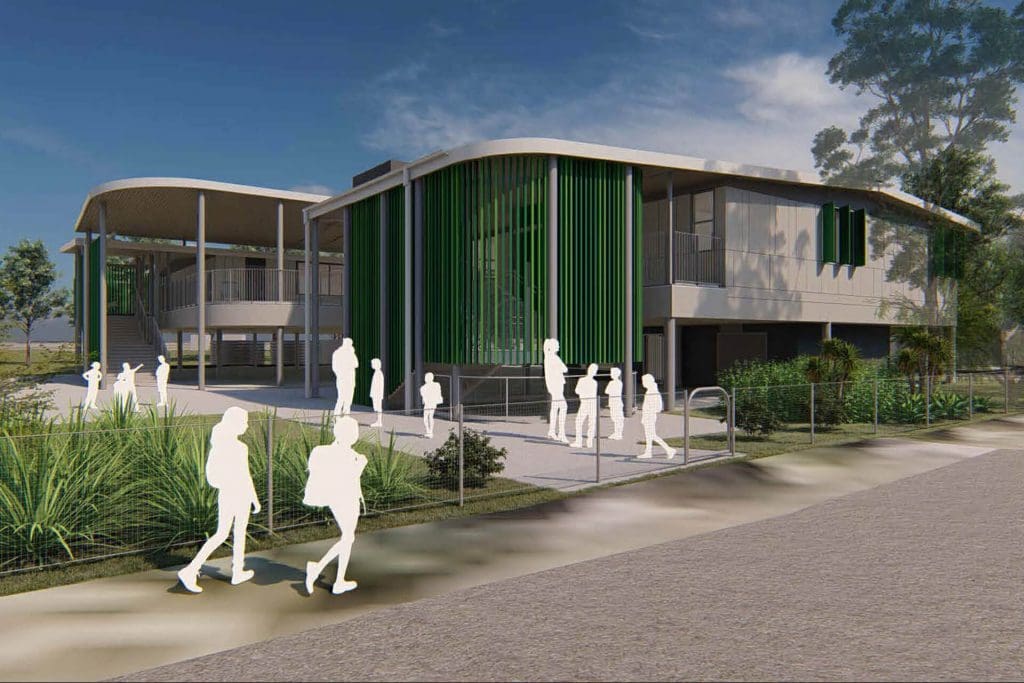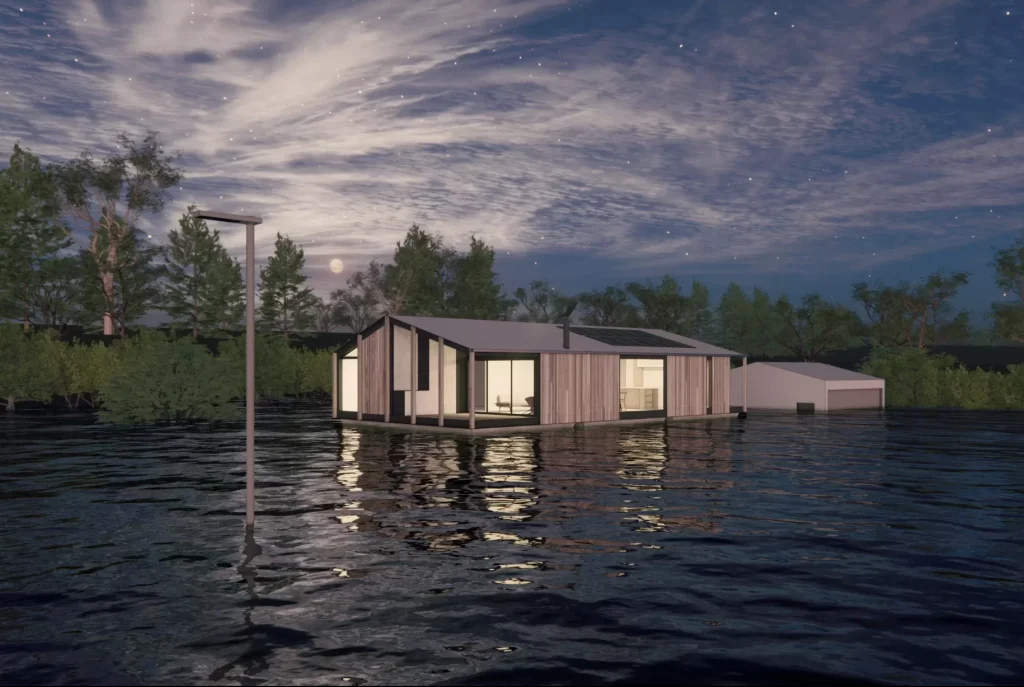5 Ways To Improve Your Home’s Sustainability
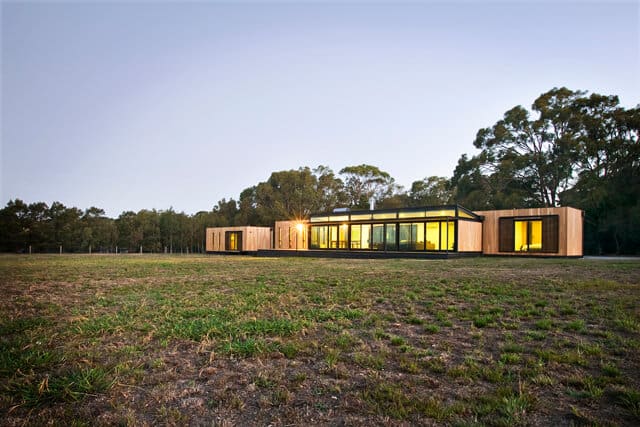
Australian households are responsible for one-fifth of the nation’s greenhouse emissions while homeowners struggle to stay afloat in a sea of rising energy needs and costs. But as this drives us to innovate and improve the efficiency of our homes – both for individual rewards and environmental wellbeing – running a carbon-neutral household is becoming an increasingly realistic goal, especially for those seeking to build rather than buy their next home.
Choosing to design and build your home rather than purchase a pre-existing house presents a host of opportunities to make choices that will slash your bills and spare the planet. While typically the notion of sustainable house design conjures images of green appliances and compost, the potential for a new home’s sustainability begins long before any construction begins
So how can you affordably and effectively strive for a greener home?
1. Orientation
Let’s begin with a simple question: in what direction will your new home face? To anyone unfamiliar with sustainable house design, this might seem quite rudimentary, but the answer will largely determine your home’s future energy needs.
In Australia, heating and cooling account for 40% of household energy consumption as we combat extreme temperatures with electricity-hungry technologies. But by taking into consideration local climate and conditions, you can apply principles of passive design to minimise your home’s future reliance on artificial temperature control. As the Australian Department of the Environment and Energy noted, “mechanical heating should never be used as a substitute for good design.”
Thoughtfully positioning your modular home can capitalise on sunlight and wind exposure to optimise your home’s natural temperature by making use of solar heat for winter and strategically captured breezes for summer. This is arguably the easiest way to ensure a greener home, yielding impressive energy-saving results without making any demands on your building budget or time.
2. Windows
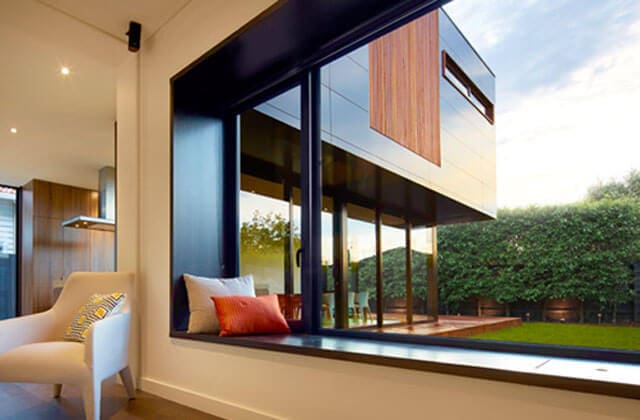
Passive design, which is aware of and makes use of natural conditions, considers not only a building’s orientation but also its shell: its walls, roof, floors and windows.
The windows of your new prefab home don’t just provide light, air and aesthetic value. Windows, in fact, play a significant role in the temperature stability of a building, responsible for both winter heat loss and summer heat gain. The right window glazing and window type for your local climate can resolve such issues and help to further reduce your reliance on heating and cooling. Double glazing is very good at reducing heat flow which helps keep heat inside your home in winter but also reduce heat flow into your home in summer. Low-E glass is also another example that can reduce heat admission by almost a third, reflecting ultra-violet light without absorbing it and ideal for west-facing windows.
But before sunlight even reaches the glass, you can employ the use of shade to control unwanted heat. 90% of direct solar heat can be diverted by shutters. Eaves, pergolas and awnings, positioned strategically according to your modular home’s climate and orientation can also avert heat that might later lead to the need for artificial cooling.
3. Insulation
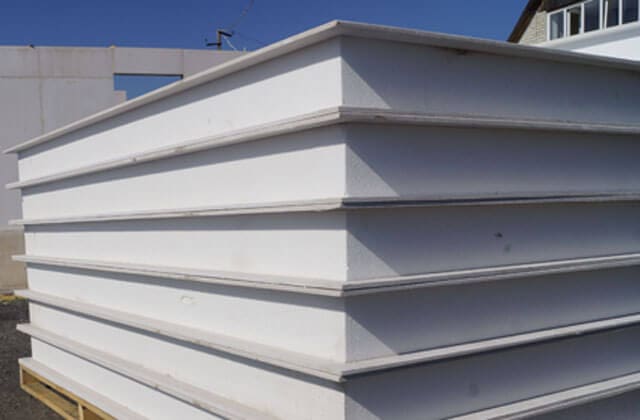
Insulation stabilises temperatures in both summer and winter, retaining heat in the cooler months and controlling it during warmer times. Another principle of passive design for eco friendly homes is choosing the right insulation which could halve your heating and cooling costs with minimal effort beyond its installation.
Your new Modscape modular home will utilise Structural Insulated Panels (SIPs) used in the floors, walls and ceiling to create a highly insulated shell. With ‘R’ values of 2.8 in the floors, 3.7 in the walls and 5.7 in the ceiling, the ambient temperature of the space is both constant and comfortable.
4. Renewable Resources
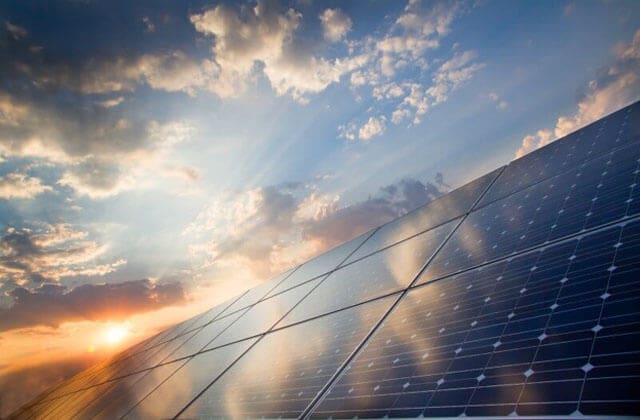
Using the passive design elements we’ve discussed for a more eco friendly home, you can ensure your new prefab home is as naturally energy efficient as possible and demand far less energy. Low energy needs can then be met by renewable sources such as solar and wind and by supplying your own water through rainwater tanks.
The Australian climate is ideal for solar energy production but the cost is often seen as a barrier for homeowners. An investment in solar panels, however, can entirely negate your future electricity bills, thus making it one of the most affordable sources of energy in the long-term. There are a number of variables that affect the optimal system size for your new home. The two key variables are the amount of electricity consumed during daylight hours, and whether or not you wish to store solar energy with a battery for use at night.
Wind is another source of clean and safe energy and can be harnessed through turbines. Turbines sized for domestic use in homes and on farms are an efficient, noiseless and low-maintenance means of creating your own energy and are a great way of supplementing solar power.
Water, as well as electricity, are financially demanding resources essential to daily life. While wind, solar and passive design can together curb your traditional energy needs, installing a modest rainwater catchment can cater to most of your home’s water requirements, depending on your treatment system. Rainwater is typically suited to uses such as showers, toilet flushing, garden maintenance and clothes washing but higher treatment systems can also supply drinking water. There are a number of different sized rainwater collection tanks available to fit you and your homes individual needs.
These renewable resources are not only far cleaner and cheaper but afford your new home a degree of self-sufficiency.
5. Appliances
Finally, once your home has been built, it’s time to choose appliances that complement your sustainability goals. Appliances account for 33% of Australian household energy consumption, with lighting accounting for 6%. These are significant figures so you should start by asking yourself: do I really need it? Many of our appliances today are for convenience rather than necessity. For the appliances you do deem necessary, choose those with good energy and water ratings. As an example, consider a heat-pump dryer rather than a traditional vented dryer.
Low-flush toilets reduce pressure on your water supply, especially if you are trying to provide your own through rainwater tanks. Rather than using 6 litres per flush, low-flush toilets can use 4.5 litres or less. And by choosing shower heads and other water fixtures with 3 or 4 WELS star-ratings, you can further reduce superfluous water consumption.
Finally, lighting is an extremely easy and affordable way to slash your energy usage. LED light globes, are 90% more efficient than traditional incandescent or halogen downlights. Furthermore, they can last up to 93,000 hours and so rarely need to replacement!
Modscape’s eco friendly homes are based on sustainable house design principles that minimise environmental impact, maximise year round comfort and reduce running costs. To find out more about our sustainable houses, visit our sustainability page.
